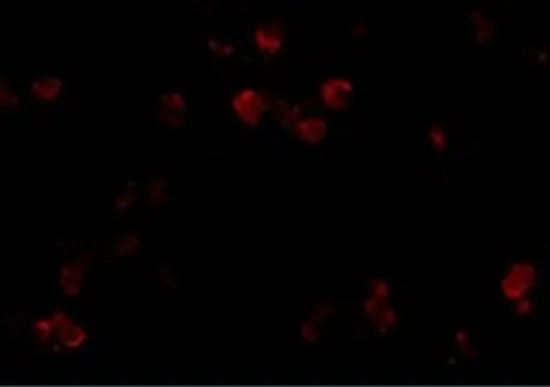
ICC/IF analysis of A549 cells using GTX31381 CD81 antibody. Working concentration : 20 microg/ml
CD81 antibody
GTX31381
ApplicationsImmunoFluorescence, Western Blot, ELISA, ImmunoCytoChemistry, ImmunoHistoChemistry, ImmunoHistoChemistry Paraffin
Product group Antibodies
TargetCD81
Overview
- SupplierGeneTex
- Product NameCD81 antibody
- Delivery Days Customer9
- Application Supplier NoteWB: 2.5 microg/mL. IHC-P: 2 microg/mL. *Optimal dilutions/concentrations should be determined by the researcher.Not tested in other applications.
- ApplicationsImmunoFluorescence, Western Blot, ELISA, ImmunoCytoChemistry, ImmunoHistoChemistry, ImmunoHistoChemistry Paraffin
- CertificationResearch Use Only
- ClonalityPolyclonal
- Concentration1 mg/ml
- ConjugateUnconjugated
- Gene ID975
- Target nameCD81
- Target descriptionCD81 molecule
- Target synonyms26 kDa cell surface protein TAPA-1; CD81 antigen; CD81 antigen (target of antiproliferative antibody 1); CVID6; S5.7; TAPA1; tetraspanin-28; TSPAN28; tspan-28
- HostRabbit
- IsotypeIgG
- Protein IDP60033
- Protein NameCD81 antigen
- Scientific DescriptionThe protein encoded by this gene is a member of the transmembrane 4 superfamily, also known as the tetraspanin family. Most of these members are cell-surface proteins that are characterized by the presence of four hydrophobic domains. The proteins mediate signal transduction events that play a role in the regulation of cell development, activation, growth and motility. This encoded protein is a cell surface glycoprotein that is known to complex with integrins. This protein appears to promote muscle cell fusion and support myotube maintenance. Also it may be involved in signal transduction. This gene is localized in the tumor-suppressor gene region and thus it is a candidate gene for malignancies. Two transcript variants encoding different isoforms have been found for this gene. [provided by RefSeq, Jul 2014]
- Storage Instruction-20°C or -80°C,2°C to 8°C
- UNSPSC12352203
References
- Osthole Prevents Heart Damage Induced by Diet-Induced Metabolic Syndrome: Role of Fructokinase (KHK).Read more
- Extracellular vesicles from hypoxia-pretreated adipose-derived stem cells regulate hypoxia/reoxygenation-induced human dermal microvascular endothelial apoptosis and autophagy in vitro.Read more
- Therapeutic effect of induced pluripotent stem cell -derived extracellular vesicles in an in vitro and in vivo osteoarthritis model.Read more
- Human Olfactory Ensheathing Cell-derived Extracellular Cesicles: miRNA Profile and Neuroprotective Effect. Tu YK et al., 2021, Curr Neurovasc ResRead more
- Human induced pluripotent stem cell-derived extracellular vesicles reduce hepatic stellate cell activation and liver fibrosis. Povero D et al., 2019 Jun 11, JCI InsightRead more


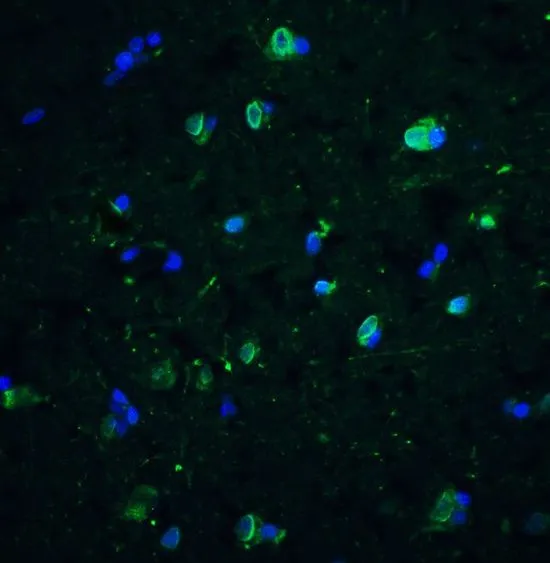
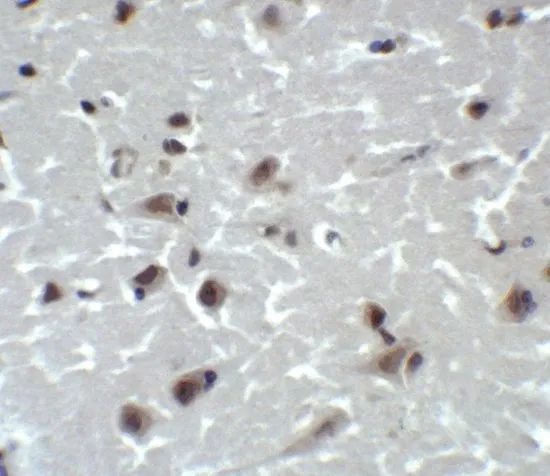
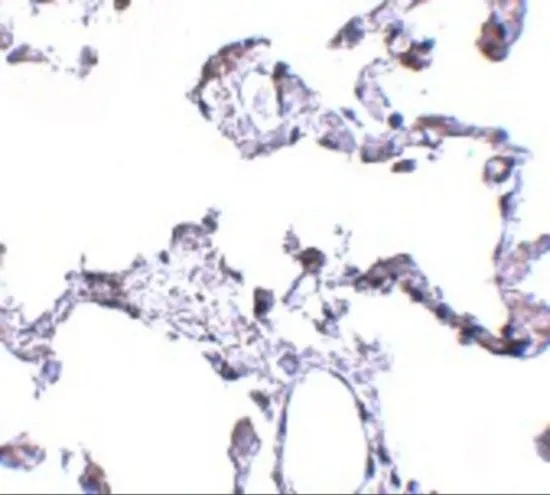
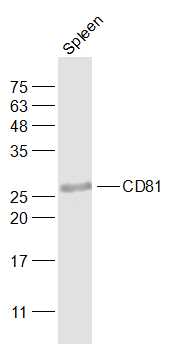



![FACS analysis of human peripheral blood lymphocytes using GTX43505 CD81 antibody [1D6].](https://www.genetex.com/upload/website/prouct_img/normal/GTX43505/GTX43505_2992_FACS_w_23060820_314.webp)